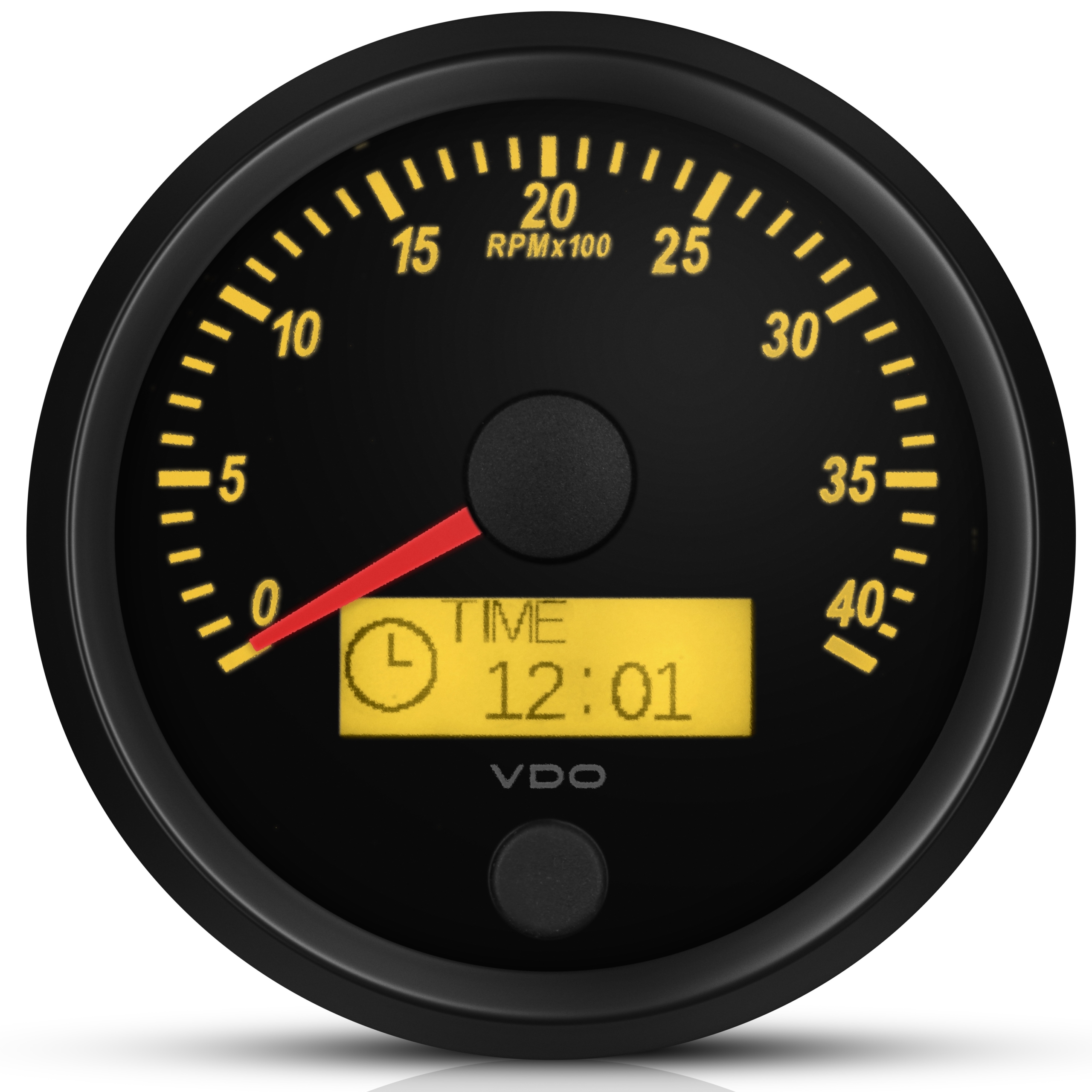Tachometer Acquiring Guide: Attributes to Try To Find and Ideal Brands
The Value of a Tachometer in Monitoring Engine Speed and Efficiency in Automotive Applications
In the realm of automobile engineering, the tachometer stands as an essential instrument in the driver's arsenal, offering a direct window into the inner workings of a vehicle's engine. Beyond its function as a simple scale of revolutions per min (RPM), the tachometer offers as a critical tool for fanatics and experts alike, providing real-time insights into engine efficiency and health.
Significance of Checking Engine RPM
Checking engine RPM, or transformations per min, is a vital aspect of automotive maintenance and performance evaluation. Engine RPM directly associates with the speed at which the engine's crankshaft turns, suggesting just how swiftly the engine is running.
In addition, checking engine RPM is important for performance analysis in auto racing and high-performance automobiles. Keeping ideal RPM degrees is essential for accomplishing peak power outcome and acceleration. Racers typically make use of tachometers to guarantee they are running within the perfect RPM array for maximum performance. In recap, checking engine RPM is not just important for spotting concerns yet also for optimizing engine efficiency in various auto applications.

Benefits of Real-Time Information
In automotive applications, real-time data plays a critical role in giving instant insights into the efficiency and problem of the lorry. By continuously monitoring different parameters such as engine speed, temperature, gas intake, and a lot more, real-time information offers numerous benefits that add to enhanced efficiency and security when traveling.
One considerable advantage of real-time information is its capacity to alert motorists and technicians to any type of anomalies or concerns quickly. This aggressive technique enables quick recognition of prospective issues, permitting prompt treatments to stop further damage or break downs. In addition, real-time data helps with performance optimization by offering prompt comments on driving behaviors and engine performance. Motorists can change their habits in real-time based on this info to attain far better gas economy and extend the lifespan of their lorry.

Moreover, real-time data plays a vital function in contemporary automotive diagnostics, making it possible for professionals to rapidly detect and attend to malfunctions. This brings about reduced downtime, reduced upkeep prices, and ultimately, boosted general automobile dependability and longevity (tachometer). By taking advantage of the power of real-time information, vehicle stakeholders can make enlightened choices that favorably impact both the performance and durability of the vehicle
Effect On Gear Shifts
The tachometer plays a crucial duty in enhancing gear shifts by providing real-time engine speed information to the driver. When approaching the redline on the tachometer, it indicates the motorist to upshift to protect against over-revving the engine and causing potential damage.
Additionally, the tachometer help in attaining smoother gear changes, specifically in hand-operated transmissions. By checking engine rate, vehicle drivers can execute equipment changes at the optimum RPM array, decreasing snagging motions and minimizing wear on the transmission parts. This accuracy on duty modifications not just boosts driving comfort but likewise adds to fuel efficiency.
Enhancing Fuel Performance
Provided the vital duty the tachometer plays in enhancing equipment shifts internet for efficiency and engine health and wellness, it straight adds to taking full advantage of fuel efficiency in auto applications. By supplying real-time comments on engine rate, the tachometer aids motorists in preserving the most efficient RPM variety for fuel economy. When vehicle drivers constantly monitor the tachometer and change their motoring habits as necessary, they can prevent unnecessary gas intake created by over-revving or hauling the engine.
In addition, the tachometer assists motorists determine the most fuel-efficient gear to be in at any provided moment, avoiding the engine from working harder than required. This is specifically crucial during velocity and travelling, where being in the ideal equipment can substantially affect fuel effectiveness. In addition, the tachometer can notify vehicle drivers to possible mechanical concerns that might be negatively influencing gas economy, such as a slipping clutch or a blocked air filter. To conclude, the tachometer acts as an important tool in enhancing gas efficiency by promoting optimal driving routines and identifying locations for enhancement in the automobile's efficiency.

Making The Most Of Engine Longevity
The tachometer's role in checking engine speed and efficiency contributes in ensuring the long life of automobile engines. By using the tachometer effectively, vehicle drivers can maximize engine long life via conscious RPM management. Continually revving an engine also high can result in excessive wear and tear on critical elements, such as the pistons, valves, and bearings. In time, this can result in reduced engine efficiency and potential breakdowns. Keeping track of the tachometer allows vehicle drivers to stay within the suggested RPM variety for their car, avoiding unnecessary pressure on the engine and expanding its life expectancy.

Final Thought
To conclude, the tachometer plays a crucial his explanation duty in checking engine speed and performance in auto applications. By supplying real-time data on RPM, it enables efficient equipment shifts, boosted fuel performance, and made the most of engine long life. This tool is important for preserving optimum engine efficiency and ensuring the overall functionality of an automobile.